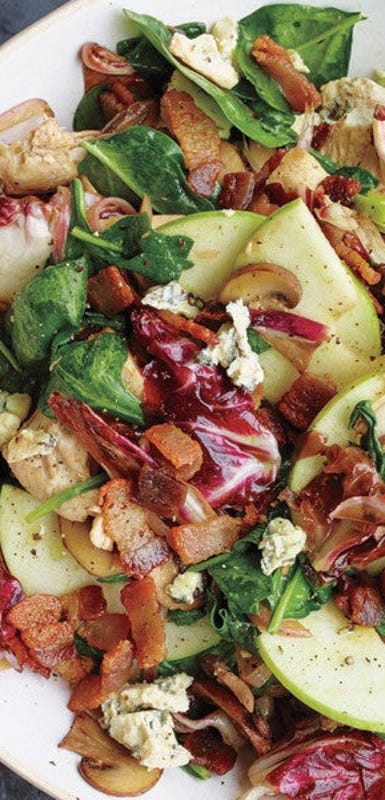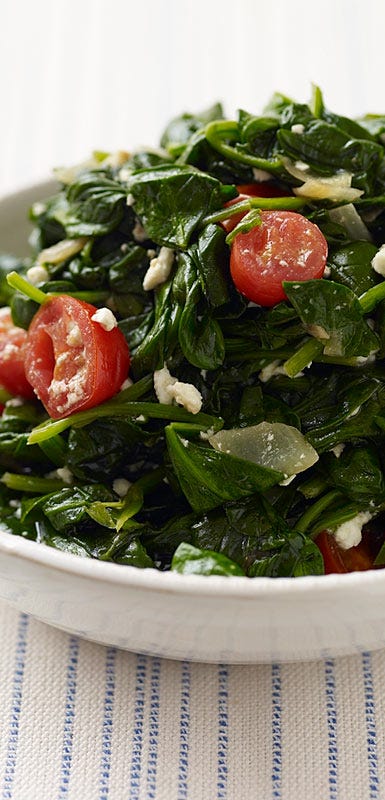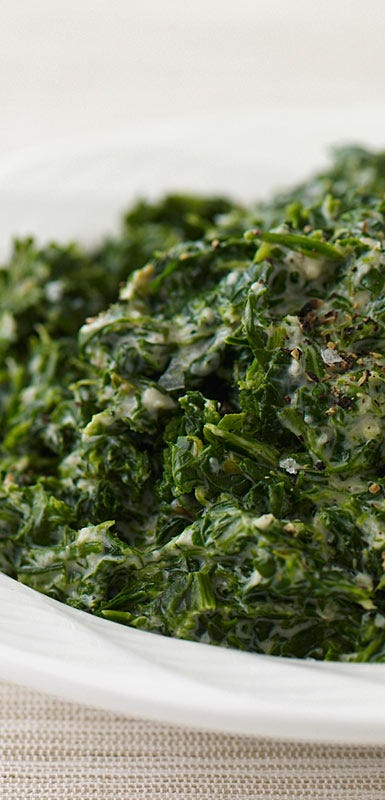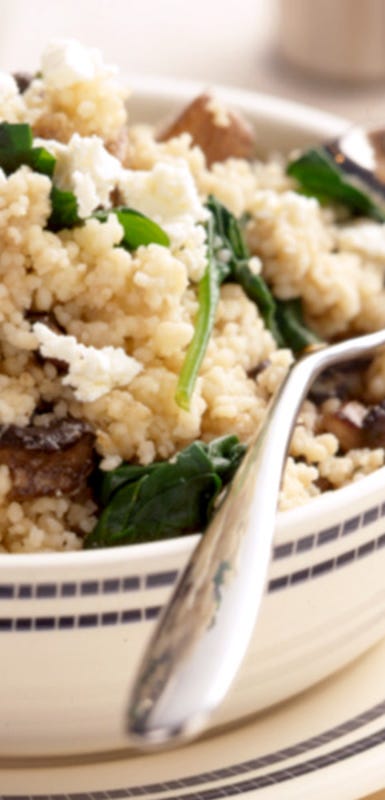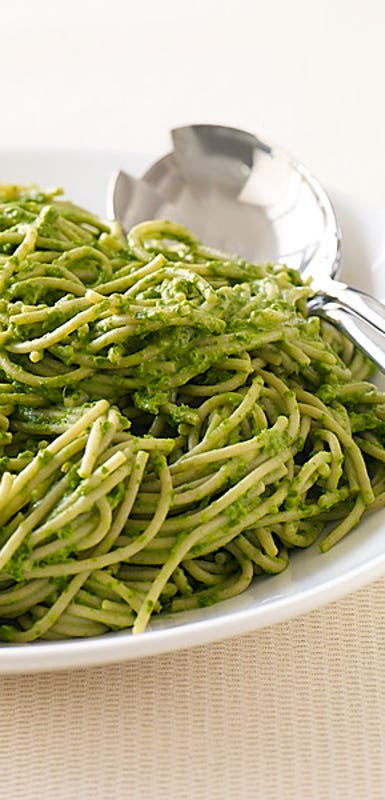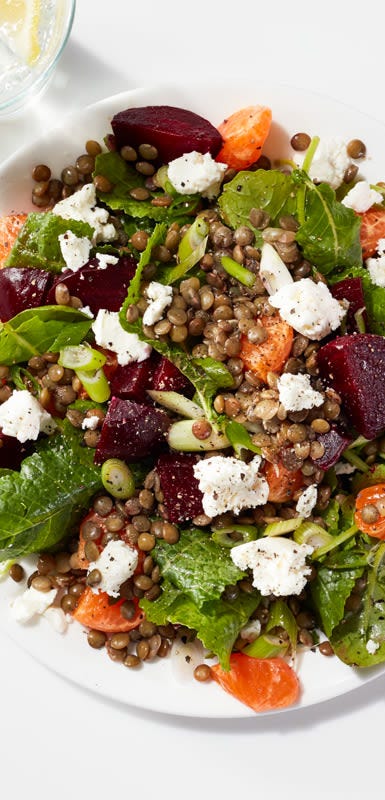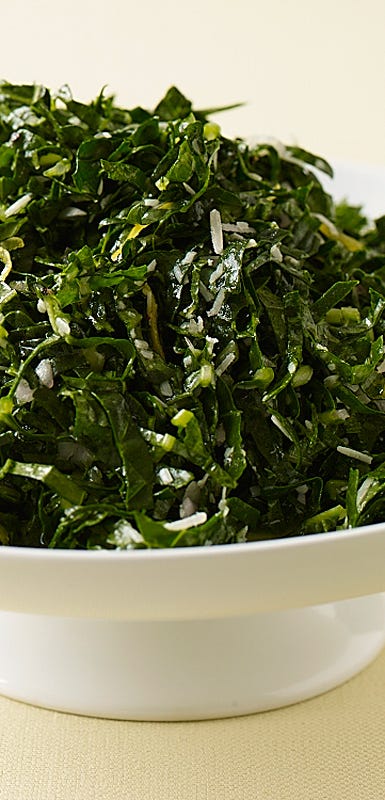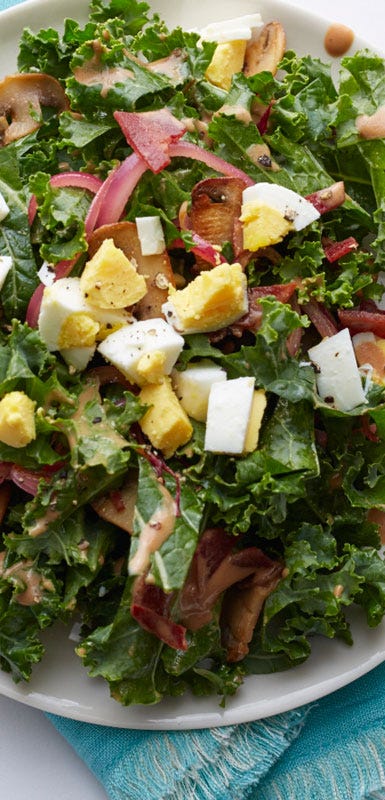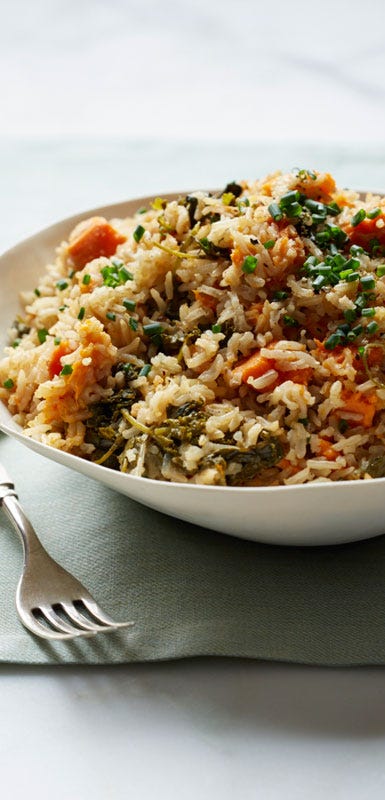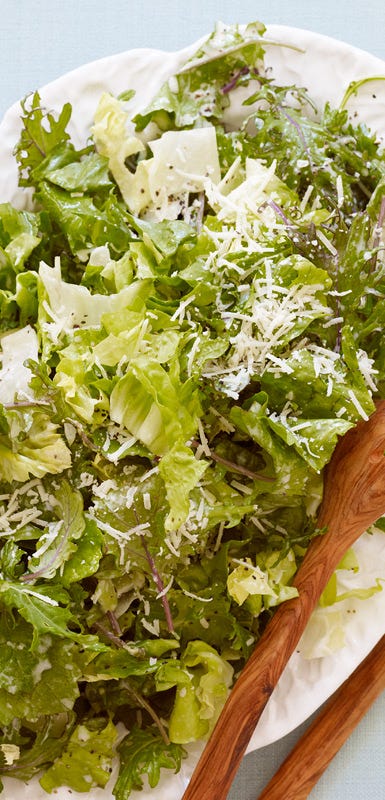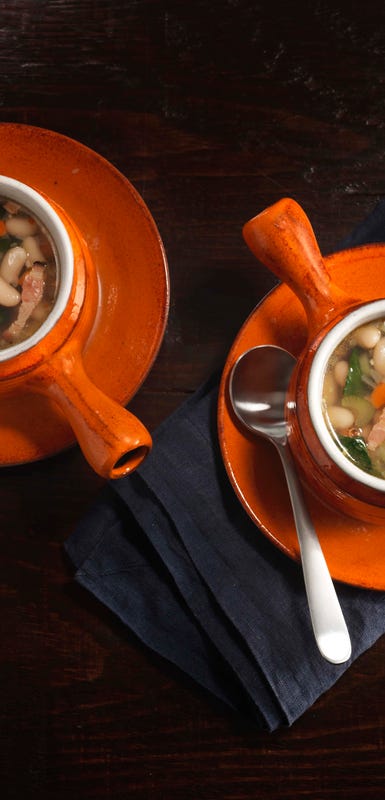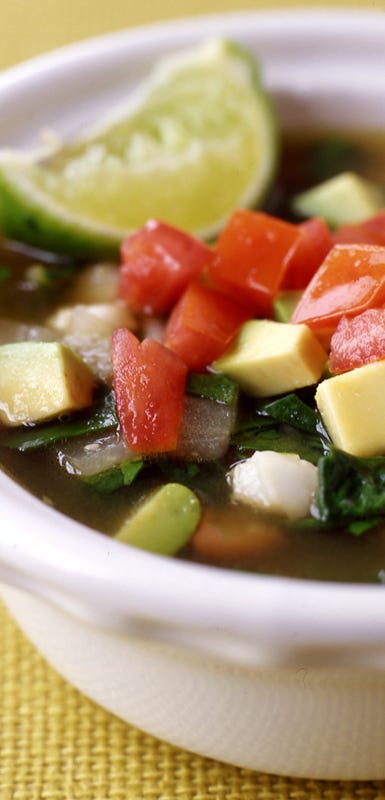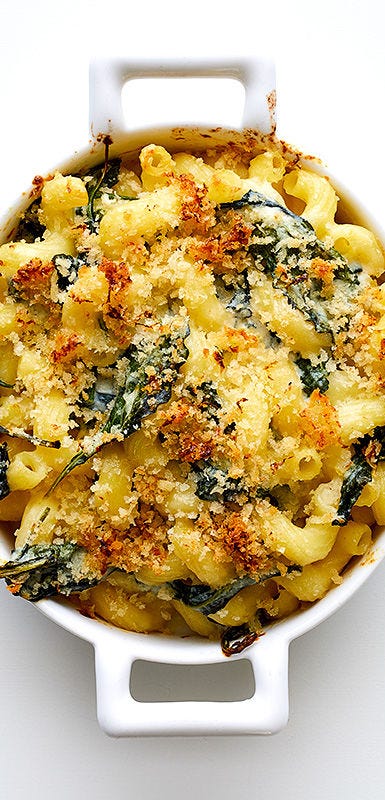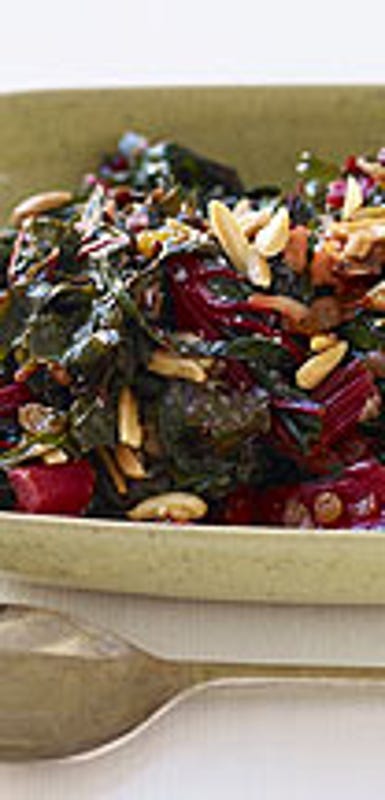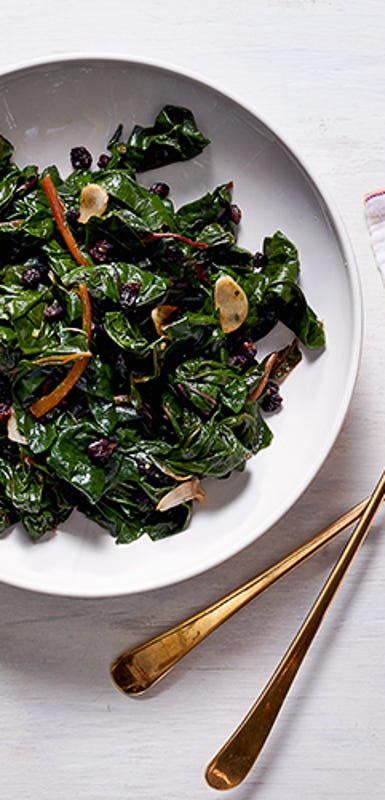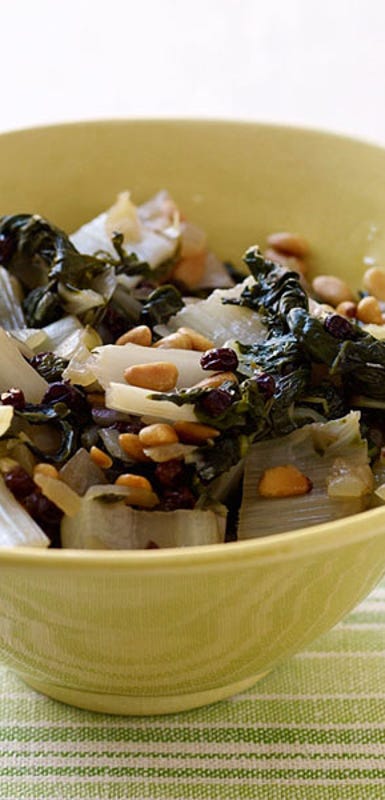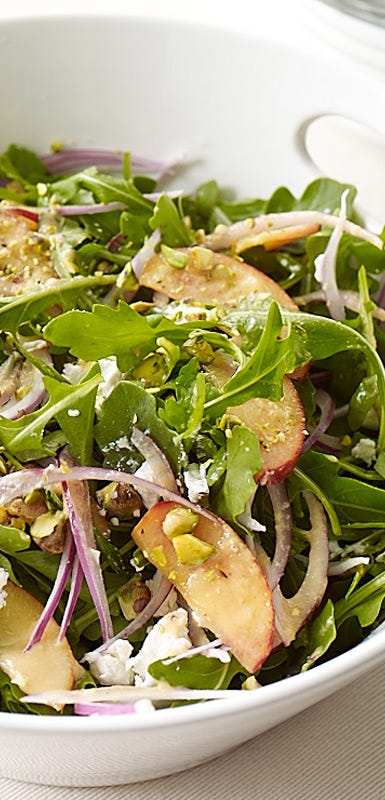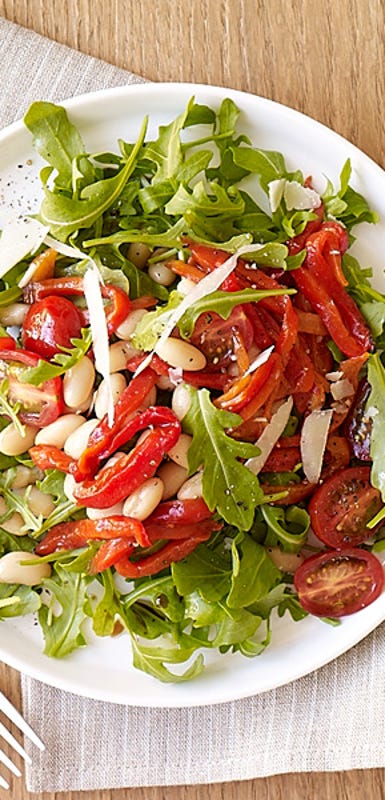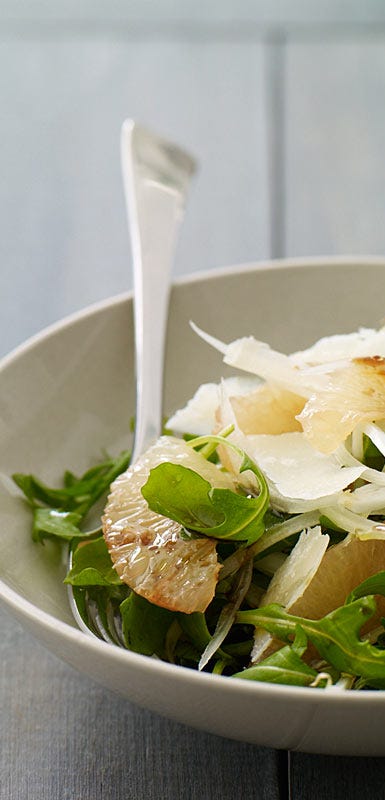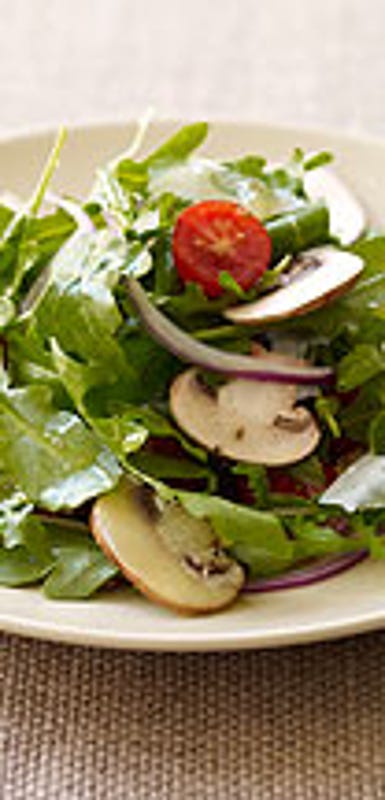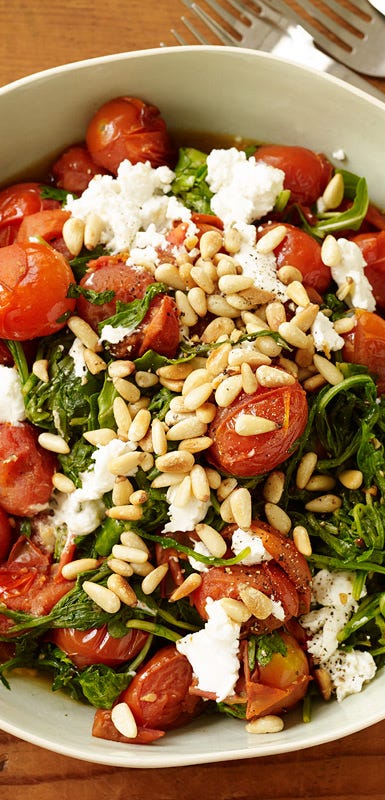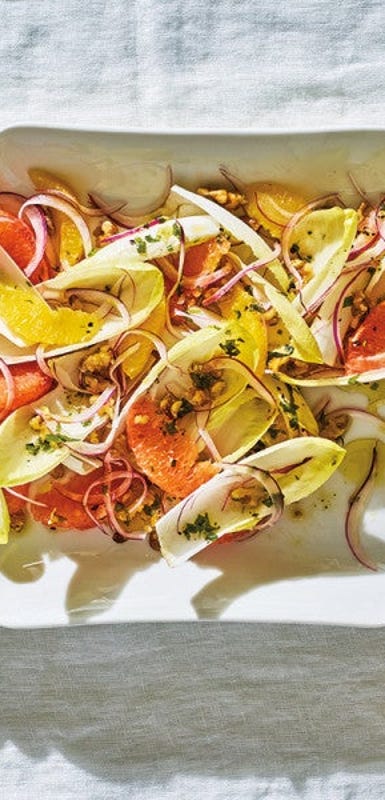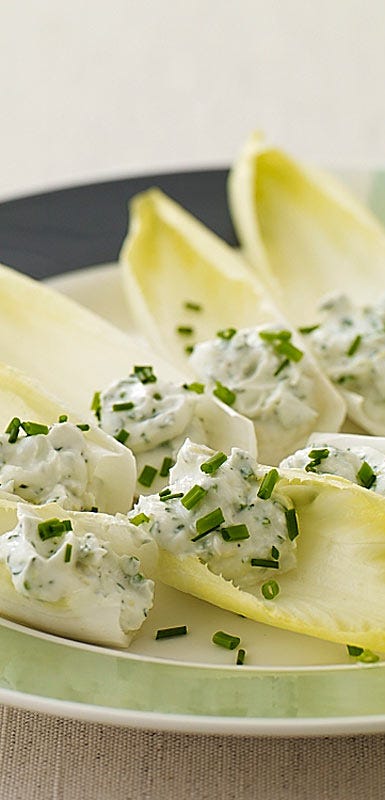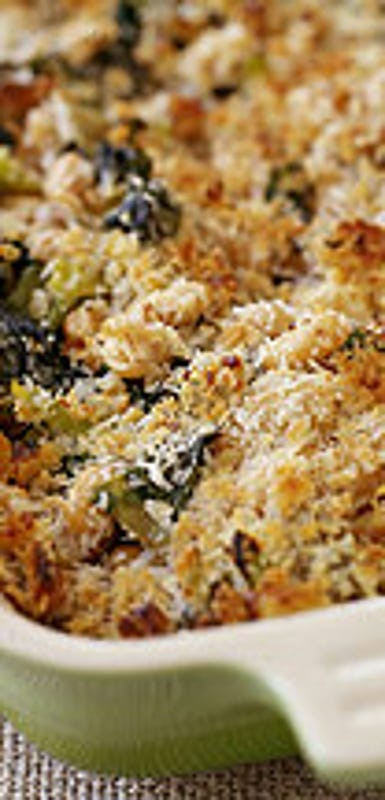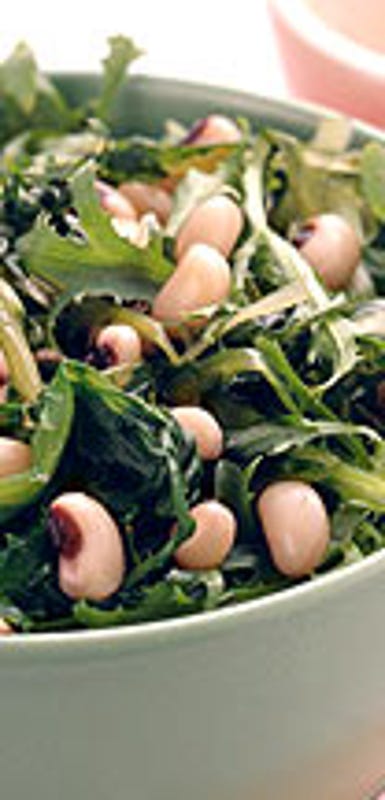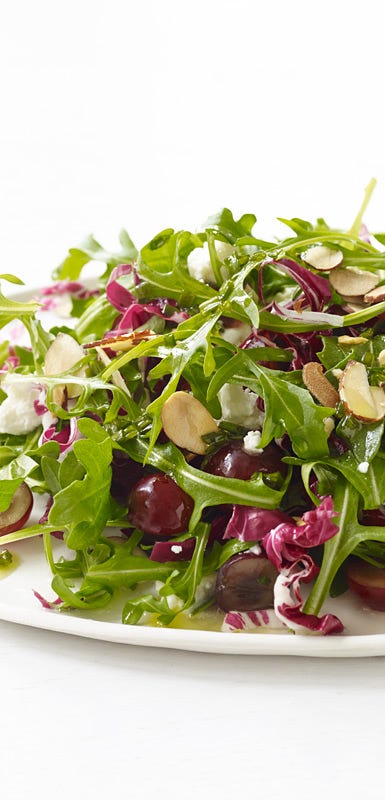Leafy greens – how do they compare from a nutrition POV?
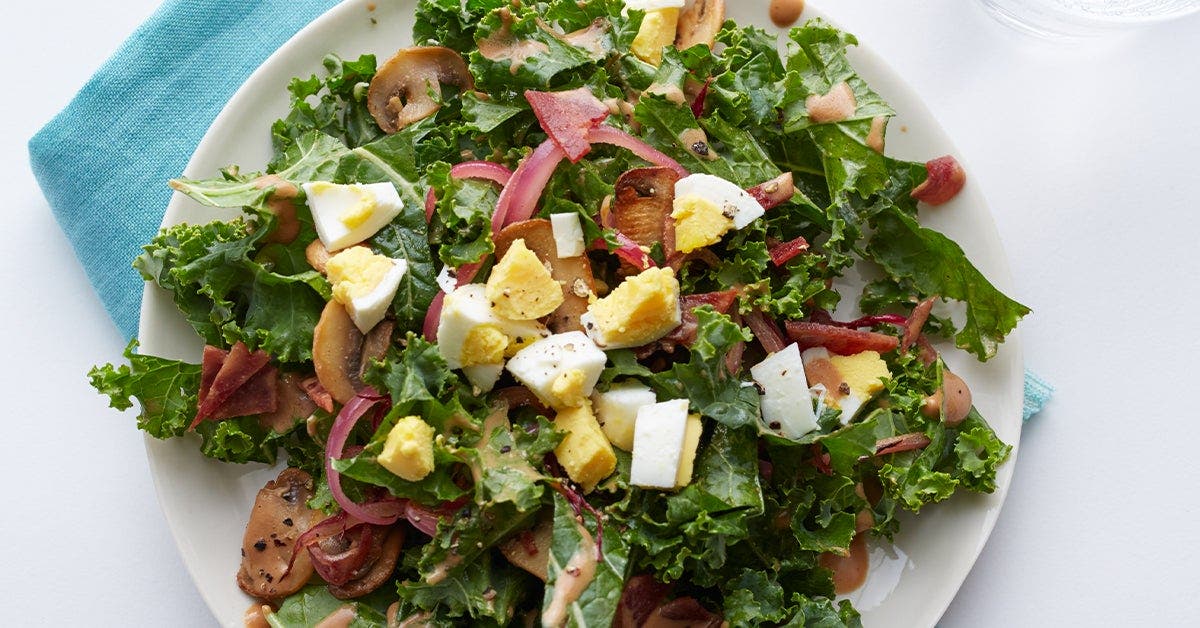
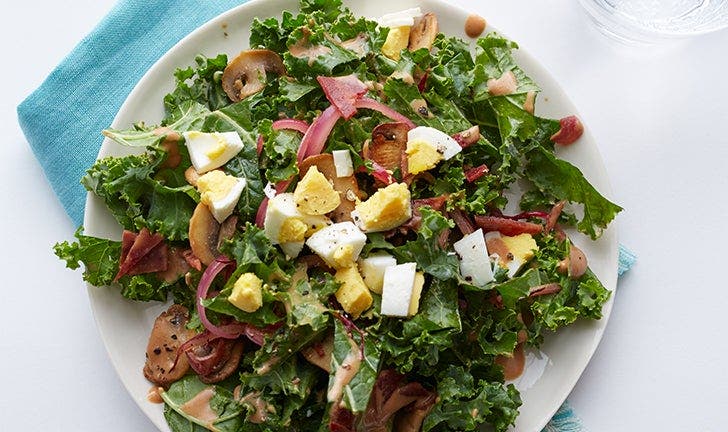
Looking to incorporate more leafy greens into your eating plan? This ultimate guide to leafy greens includes everything you need to know about choosing the right green for the job. You’ll also find storage tips to keep your greens fresh all week long, a list of standout nutrients and a selection of WW-friendly recipes for every taste and occasion.
Three tips for getting the most out of your leafy greens
Max your iron intake: To maximize the absorption of plant-based iron, serve leafy greens with foods that are a good source of vitamin C such as a squeeze of lemon or other citrus juice, chili peppers, yellow peppers and tomatoes.
Increase vitamin absorption: Leafy greens are a source of vitamins A and K, essential fat-soluble nutrients that are most easily absorbed when served with a small amount of fat such as olive oil, avocado, olives, whole nuts or nut butter.
No need to go raw: If the thought of eating a large serving of raw greens is intimidating, try cooking them first. The heat breaks down the cellular walls of the greens, which reduces the quantity of the finished dish while leaving the nutritional integrity largely intact.
Spinach
With its mild flavour and widespread availability, it’s no surprise that spinach remains a popular choice when it comes to leafy greens. Baby spinach, which is often sold in tubs or bags, is ideal for smoothies, salads, wraps and sandwiches. Mature spinach leaves, which have thick stalks and are often sold in bunches, are best-suited for sautés, stews, soups, and pasta dishes.
How to store: Spinach in a tub or bag should be stored with a dry paper towel for up to one week. Transfer bunches of spinach to a resealable bag or container, adding a dry paper towel to minimize the spread of moisture.
Key nutrients: vitamins K and A, iron, calcium, folate
WW recipes featuring spinach
Kale
As a member of the Brassica family, most types of kale are similarly assertive in flavour and tougher in texture than other leafy greens. Milder varieties of kale include baby kale (or immature kale) and dinosaur kale (also known as Tuscan kale) are delicious when served raw in salads, sales, sandwiches, and green smoothies. Hardier varieties, such as curly kale, red kale, and Chinese kale, taste best when cooked and added to a stir fry, sauté, soup or stew.
How to store: Wrap bunches of kale in dry paper towel and store in a plastic bag, it should stay fresh for a week or longer. If the kale is packaged in a tub, layer a dry paper towel on the top or bottom of the container
Key nutrients: vitamins A, C and K, iron, calcium, folate, manganese, alpha-linolenic acid (an omega-3 fatty acid)
Kale-forward recipes
Swiss chard
Swiss chard has a mellow, slightly earthy flavour, not unlike beets (of which Swiss chard is related.) Swiss chard leaves are dark green, with stems ranging in colour from white, yellow, red, and orange. The leaves of young Swiss chard plants can be eaten raw in salads and slaws; the entire plant (stem included) can be cooked and used in soups, casseroles, sautés, frittatas, and other egg dishes.
How to store: Wrap Swiss chard in dry paper towel and store in a plastic bag in the fridge.
Key nutrients: vitamins A, C and K, iron, folate, potassium, manganese
Arugula
Also known as rocket or Italian cress, arugula has a pleasantly peppery flavour that stands up well to other assertive ingredients. Use arugula as a salad green or add it to pizza, sandwiches, wraps, pasta dishes, or in pesto in place of fresh basil.
How to store: Wrap arugula in a dry paper towel and store in a resealable bag or container in the fridge.
Key nutrients: vitamins A and K, folate
Making the most of arugula
Leafy greens in the chicory family
Leafy greens in the chicory family include Belgian endive, radicchio, escarole, curly endive, and frisée. Although the taste and appearance of plants in this family vary, each member shares a distinctive bitter taste and crunchy texture. Sturdier chicory varieties, such as escarole and Belgian endive, are perfect for stuffing or using as crudites with dip. All leafy greens in the chicory family can be enjoyed raw or cooked, either as the main ingredient or as an addition to pizza, minestrone, pasta or casseroles.
How to store: Compact chicory plants, such as Belgian endive and escarole, should be stored away from moisture and eaten within a week. Radicchio, frisée, and curly endive should be wrapped in dry paper towel and stored in a bag or resealable container for up to a week.
Key nutrients: vitamins A, C and K, folate, copper

